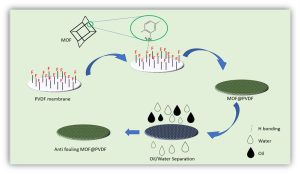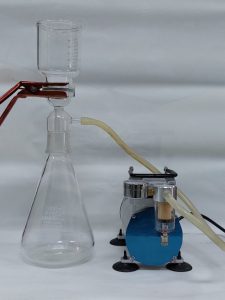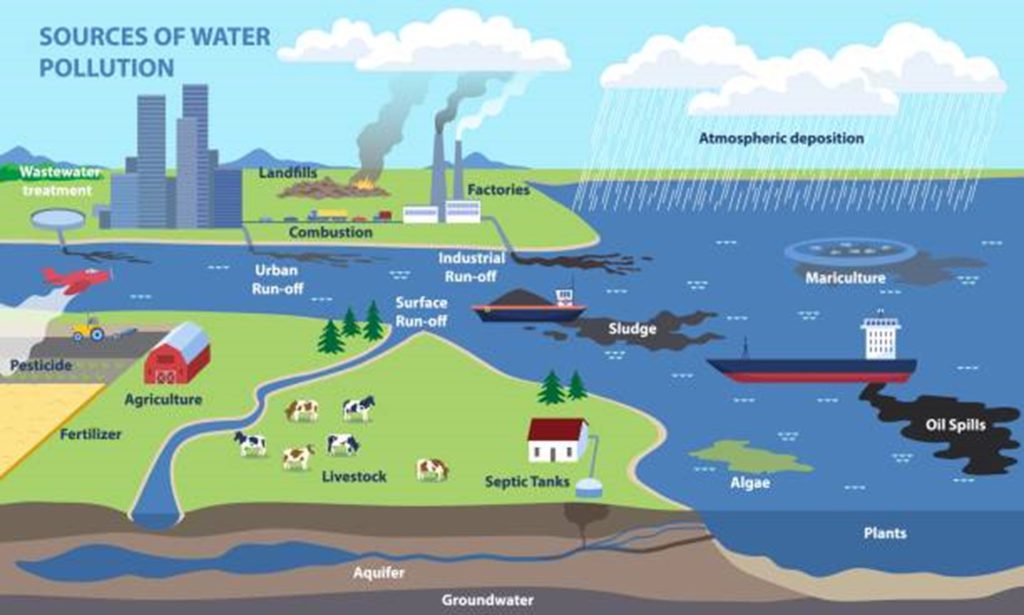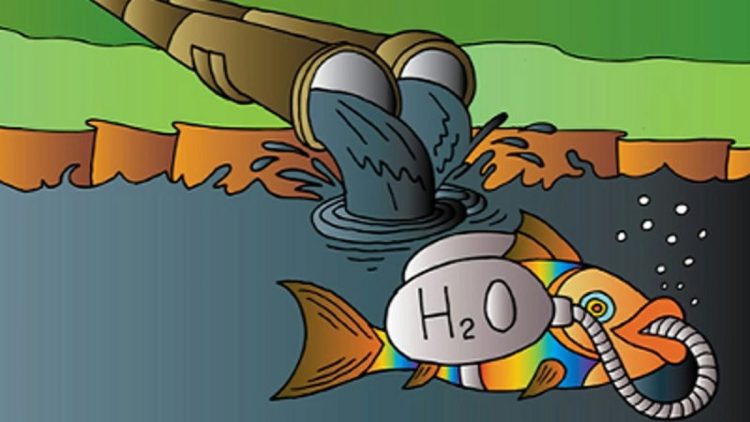Oil / Water pollution is increasing unprecedented due to surging release from industrial spills, petrochemical effluent, and domestic discharge.
Water is the driving force of life, but water pollution has posed an immense threat to human health, aquatic life, and economic development. Oil/water pollution is increasing unprecedented due to surging release from industrial spills, petrochemical effluent, and domestic discharge, and oil/water separation is regarded as an emerging global challenge.
Despite the availability of many other water treatment technologies, polymeric membranes have maintained their significance and are extensively used for oil/water separation. Polymeric membranes offer several advantages: low cost, high durability, superior efficiency, and simple operation. But most of these membranes are superhydrophobic and superoleophilic. Oil droplets get attached to the surface of the membrane due to their adherent property leading to the blockage of pores, reduction of the filtration flux, and diminishing separation efficiency. A membrane with hydrophilic characteristics can overcome the above-stated problem. As a result, the development of super hydrophilic membranes has attracted the great attention of researchers. A wide range of polymer membranes is used for this purpose, but Polyvinylidene Fluoride (PVDF) offers superiority in durability and porosity, and it is regarded as an ideal substrate. Fouling pristine PVDF substrate by oil droplets is a major obstacle that hinders its application.
Metal-Organic Frameworks (MOFs) are the crystalline type of material with very high porosity. These organic linkers and metallic nodes give abundant metal sites with high specific surface area, porosity, and tunable pore size. MOFs are extensively used in the fields of separation of pollutants from water. These MOFs suffer from stability issues, and some of these offers high stability over a wide range of pH and temperature, thus are more promising for separation purpose.


The research group of Dr. Manzar Sohail at NUST School of Natural Sciences has modified the PVDF substrate surface with MOF in a facile vacuum-assisted filtration method. These MOFs with different types of ligands carrying a variety of functional groups were used to assess the effects of these variations. This modification greatly improved the flux and water contact angle and reusability. These properties are very effective in preventing membrane fouling. For instance, amine-functionalized MOFs are very attractive for water molecules and repulsions for oils. These membranes were tested for various oil/water emulsions and a mixture at 0.1 MPa pressure. The following advantages were observed:
- Antiflooding membrane surface
- Greatly improved flux
- Enhanced separation efficiency
- Reusability
MOF-based membranes offered double flux, and separation efficiency was 99% for oil / water mixtures and emulsion. These membranes were used for up to five-time, and no change in efficiency was observed. PDVF and other polymeric substrates can be explored with other MOFs to solve the water pollution problem more effectively and inexpensively.

Membranes are used for water purification throughout the world. In Pakistan, floods cause severe damage to the drainage system and industrial buildings pouring tons of waste, including oils, into watercourses. In 2003, thousands of tons of oil were released from an oil tanker near the coastal area of Karachi. Additionally, petrochemical and many other industries use organic solvents are releasing oily contaminants into water bodies. These make water unfit for drinking and pose serious threats to aquatic life. So, MOFs-based PVDF membranes are ideal candidates for addressing these issues.
Video 1: Oil Water Mixture Separation
The author is a Professor in the Department of Chemistry at School of Natural Sciences, National University of Sciences and Technology (NUST) and can be reached at manzar.sohail@sns.nust.edu.pk.
Researcher’s Profile: https://bit.ly/38a0Fvn





